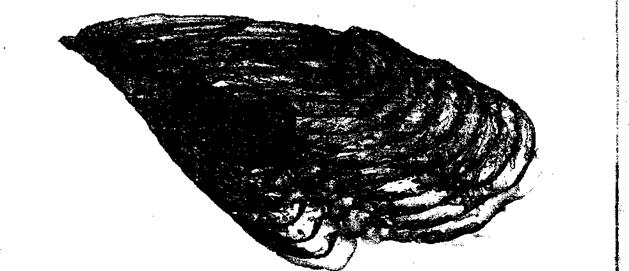Vibrations and Acoustics
Today there are strong environmental pressures to reduce the aerodynamic noise that is generated by helicopters, a subject that has already been introduced in Section 8.19. The sources of noise on a helicopter are numerous, but a significant contribution is the
![]()
localized impulsive loading of the rotor blades as a result of wake-related В Vis (see Sections 8.16.4 and 10.4.2). There are also strong marketing pressures to improve ride comfort for crews and passengers alike and to reduce maintenance costs. This has driven much research to reduce the vibration levels of current helicopter designs. From a modeling point of view, these problems are similar in that they require very high-resolution predictions of the |
unsteady loads on the rotor blades and careful consideration of the structural dynamics of the complete helicopter as a system. In many situations a significant source of noise and vi – ?
bration originates in the aerodynamic coupling between the various rotors of the helicopter. ‘
The situation is particularly severe when one rotor operates directly within the wake of 5
another (for instance, in a helicopter with conventional configuration, the tail rotor might be 1
operating within the wake generated by the main rotor – see Fig. 11.26). Because the wake from the one rotor usually takes a significant amount of time (in terms of rotor revolutions) ]
to convect to the position of the other rotor (see, for instance, Section 11.4), the acoustic and vibration effects induced by rotor-rotor interactions are particularly challenging from a CFD point of view. This is because even a small level of contamination of the solution jj
by numerical viscosity will distort the evolution of the wake and reduce the strength of the
resultant В Vis. This has the effect of downgrading the accuracy of the calculated acoustic radiation or high frequency vibration dynamics of the rotor(s). 1
Figure 14.16 shows the results of a coupled rotor-fuselage calculation of the fidelity 1
necessary to form an input to a helicopter acoustic prediction. The tandem rotor case shown |
in this case is particularly challenging from an acoustic prediction perspective because each f
rotor is partially immersed in the wake of the other, and the equal size of both rotors makes і
the calculation particularly sensitive to the detailed geometry of the wake generated by j
the entire system. The need for acoustic fidelity means that the aerodynamic interactions j
between the rotors must be fully represented, and the interaction-induced distortion to both I
U I
wakes can be clearly seen. Notice though that to reduce the cost of the computation to
tractable levels, the fuselage can be represented using a surface singularity method such as j
|
Figure 14.16 Fully unsteady VTM calculation showing the aerodynamic interactions between the fuselage, forward and aft rotors of a generic tandem helicopter as required for acoustic or vibrations prediction. Image is shown looking upward at the helicopter from below. Source: Richard Brown and Imperial College, University of London. |
|
|
described in Section 14.7 compared to a direct RANS or other CFD type of calculation. This is a good example of the careful blending or “fusion” of two types of computational tools to achieve aerodynamic fidelity while still retaining a practical level of computational cost for engineering purposes.













